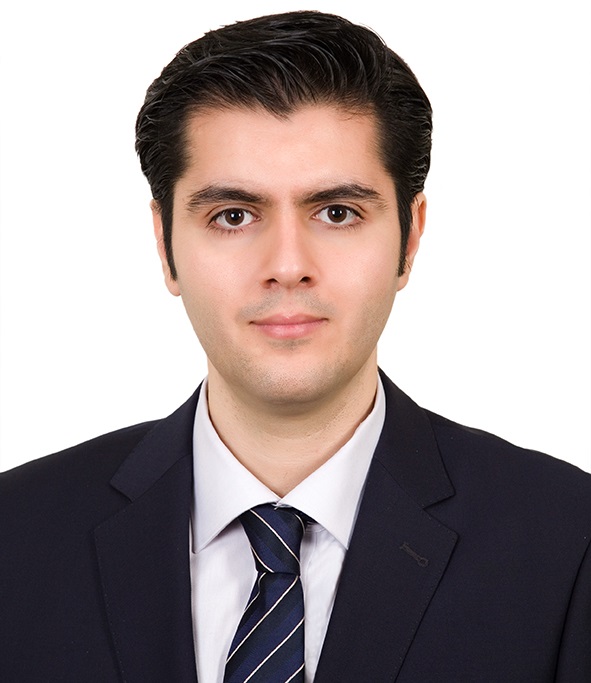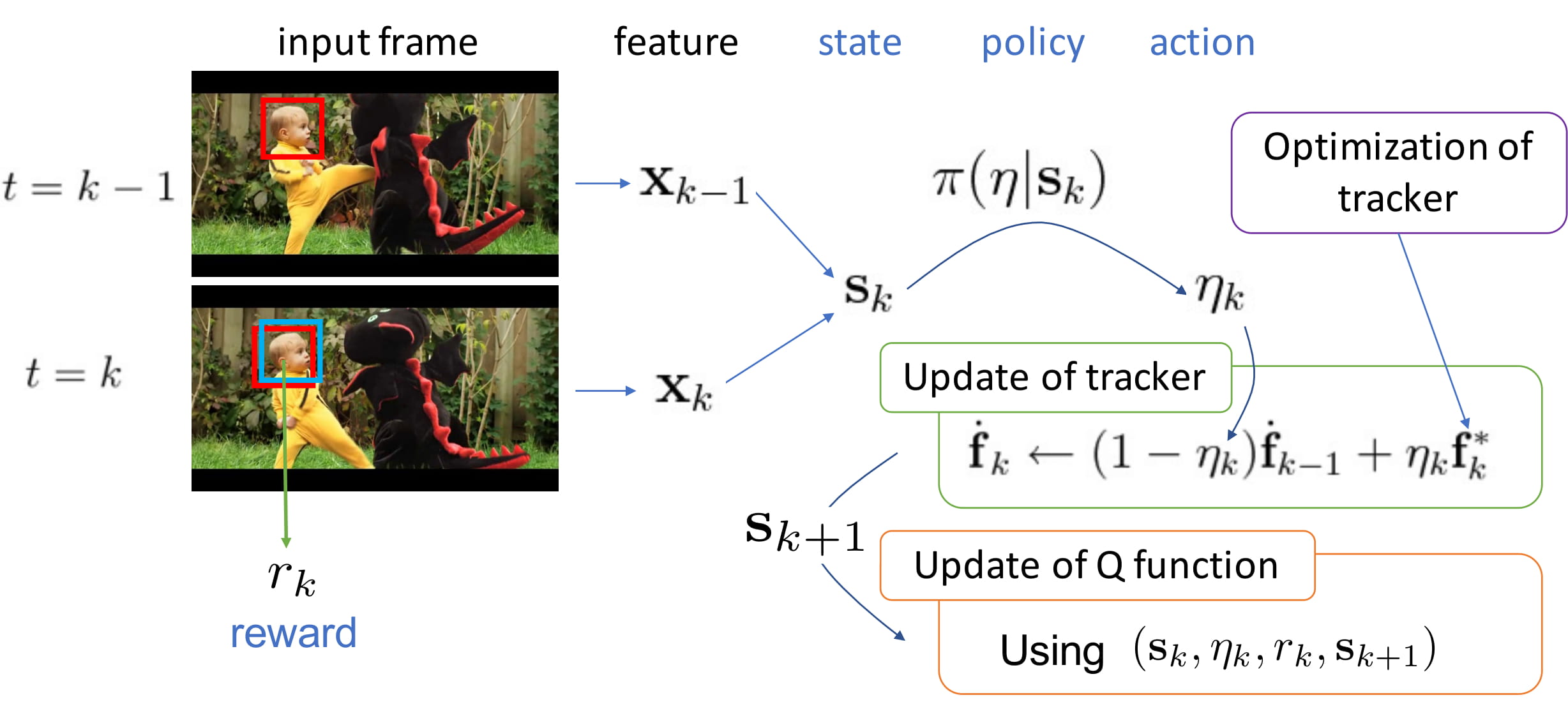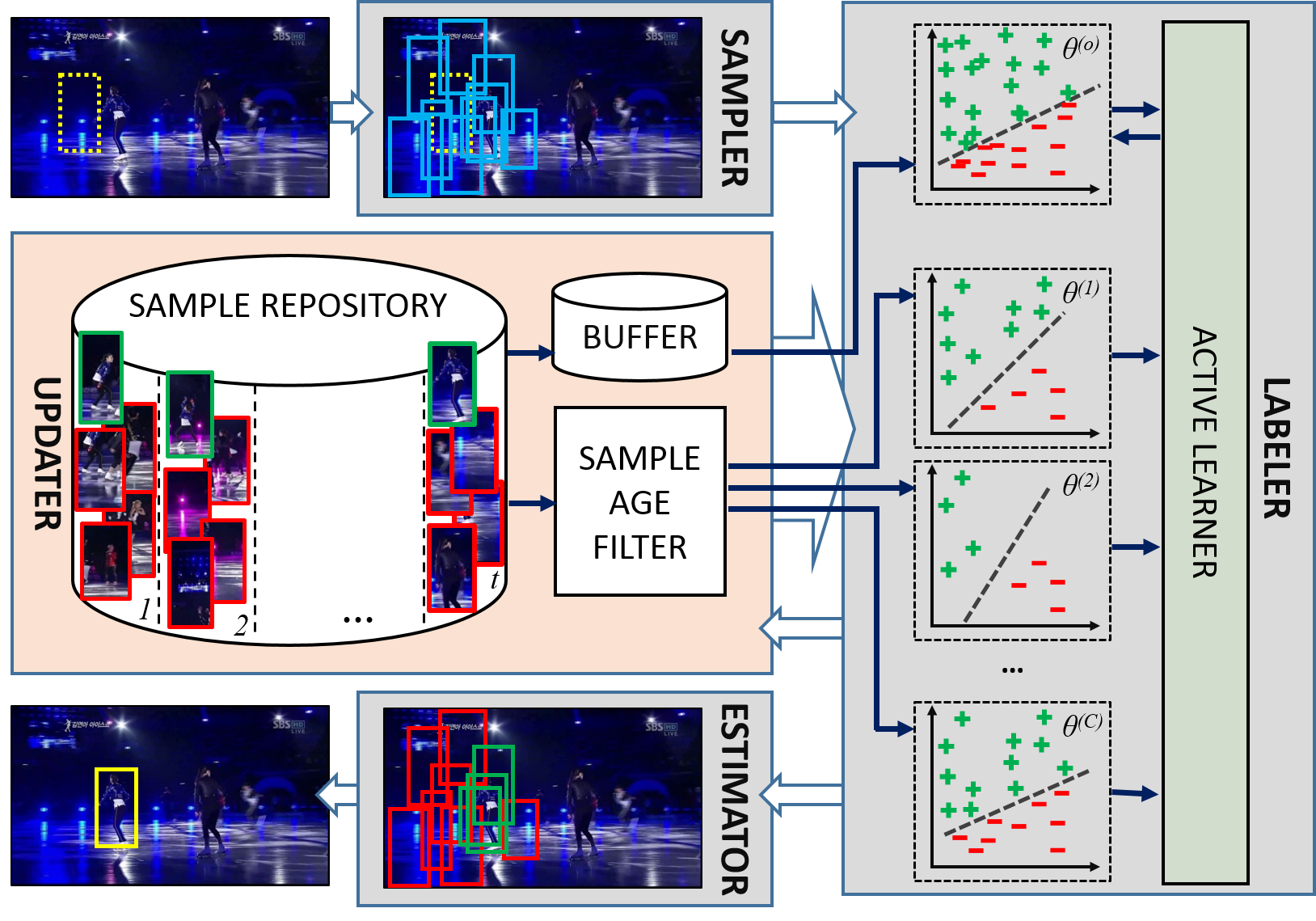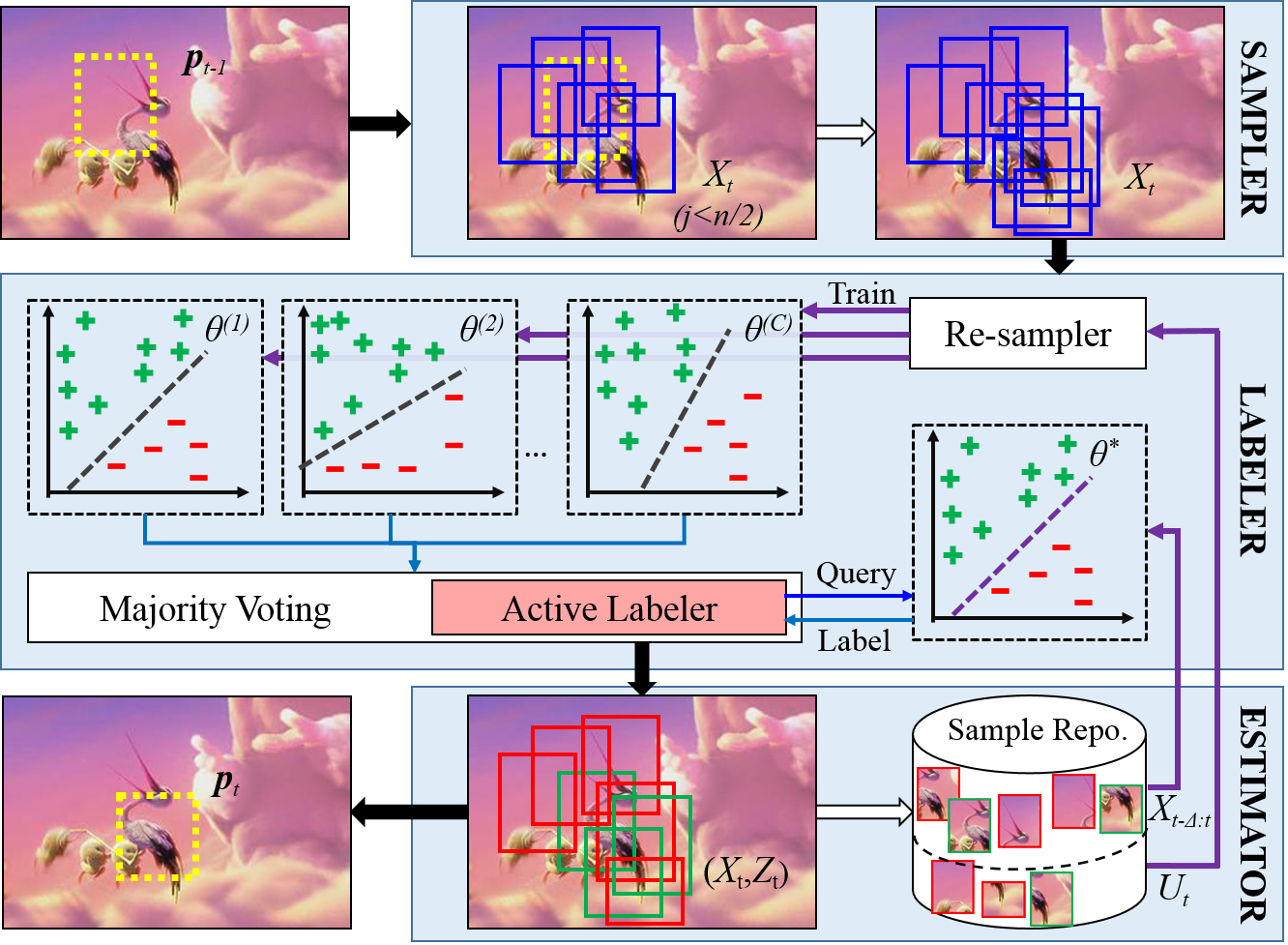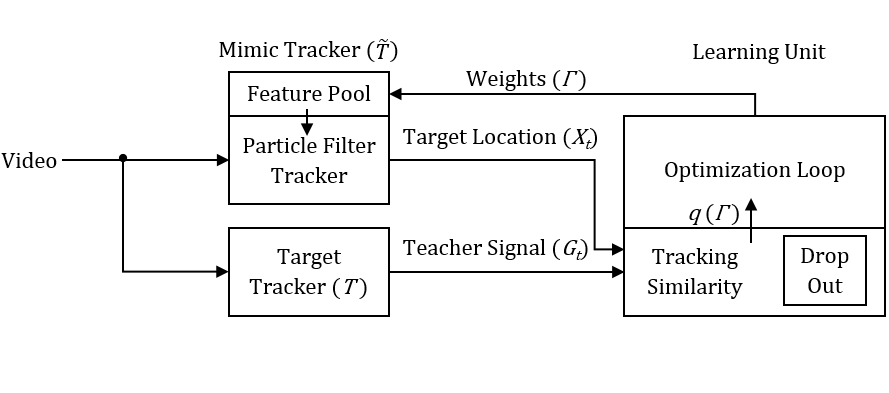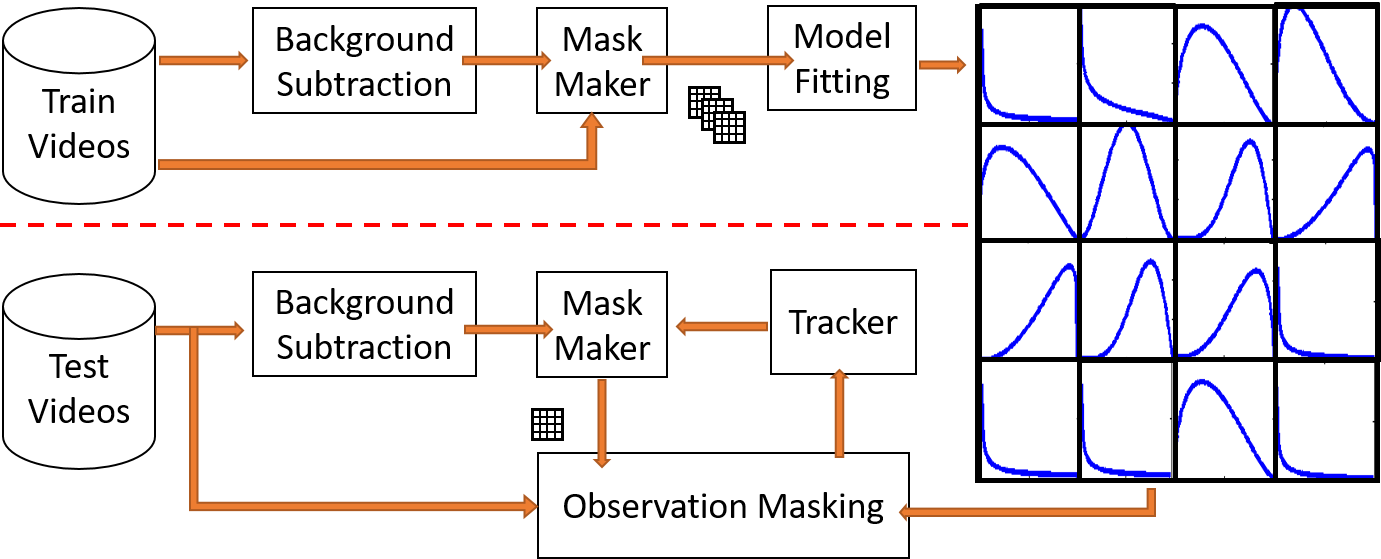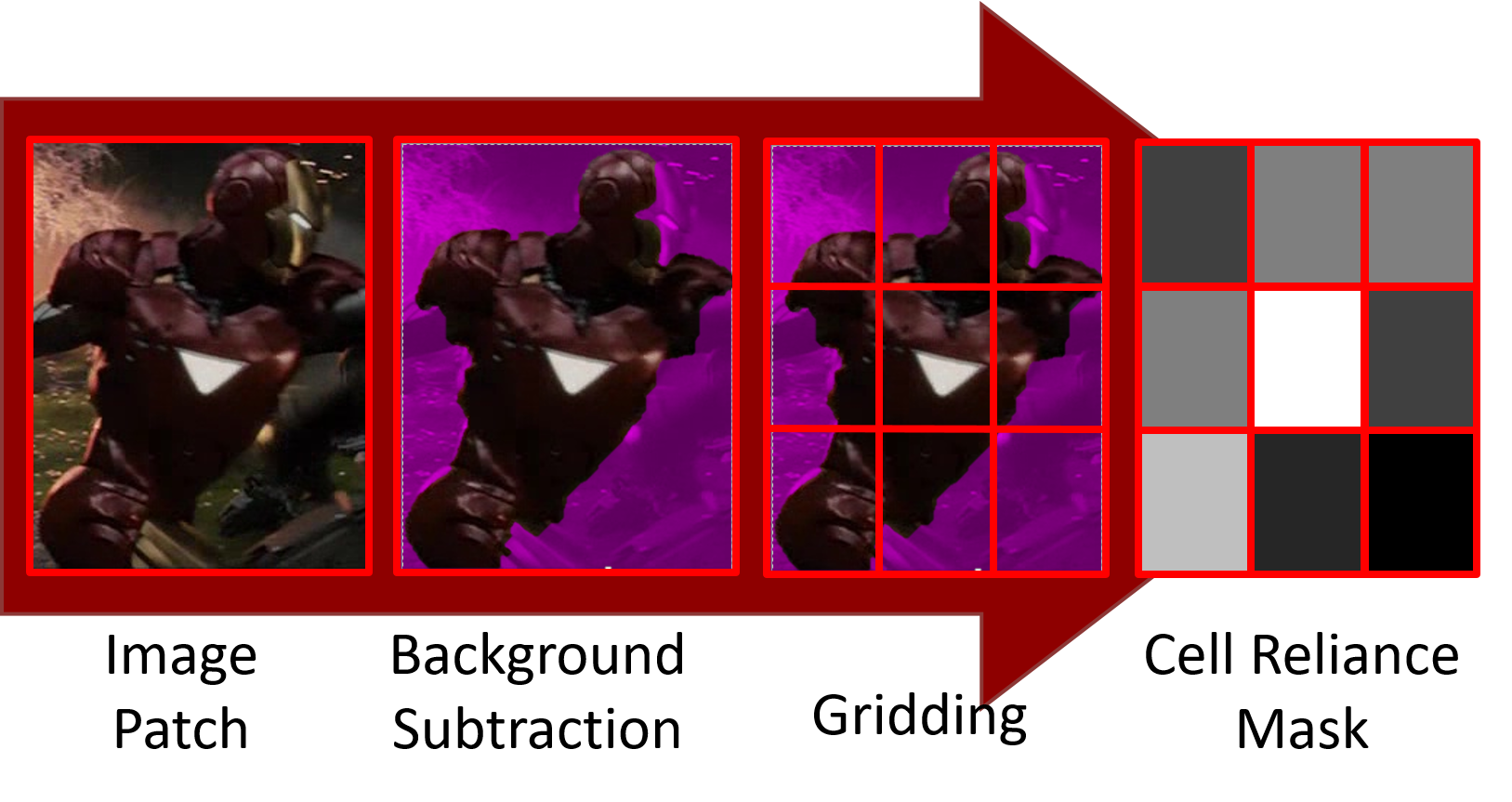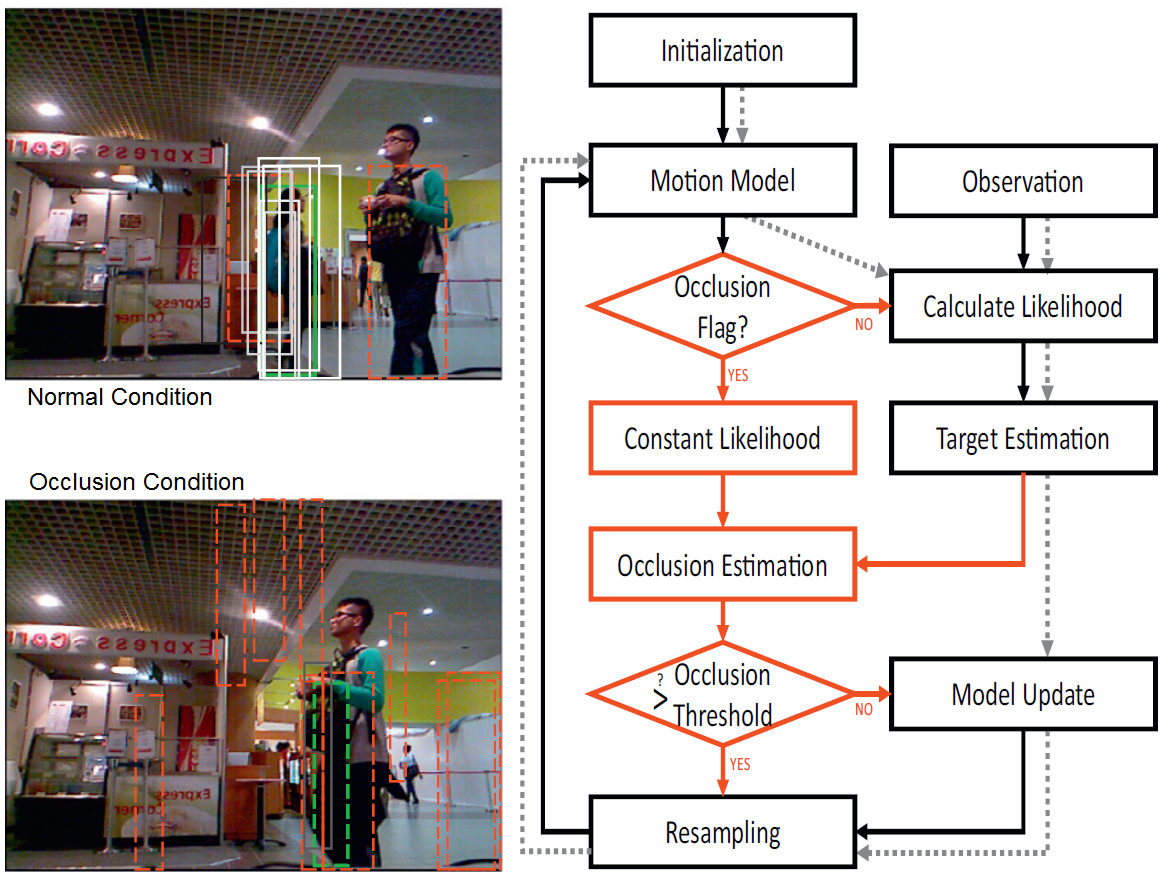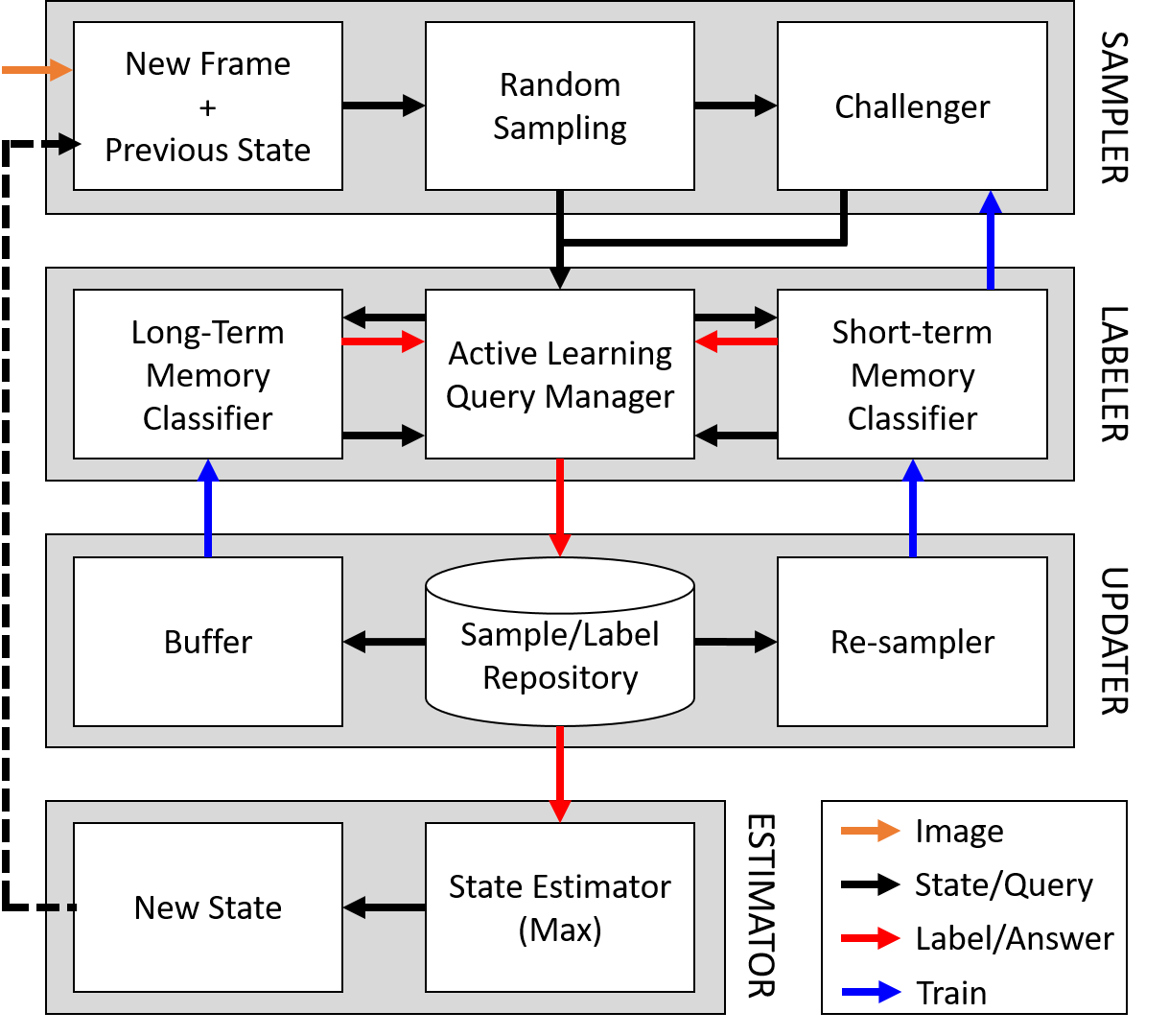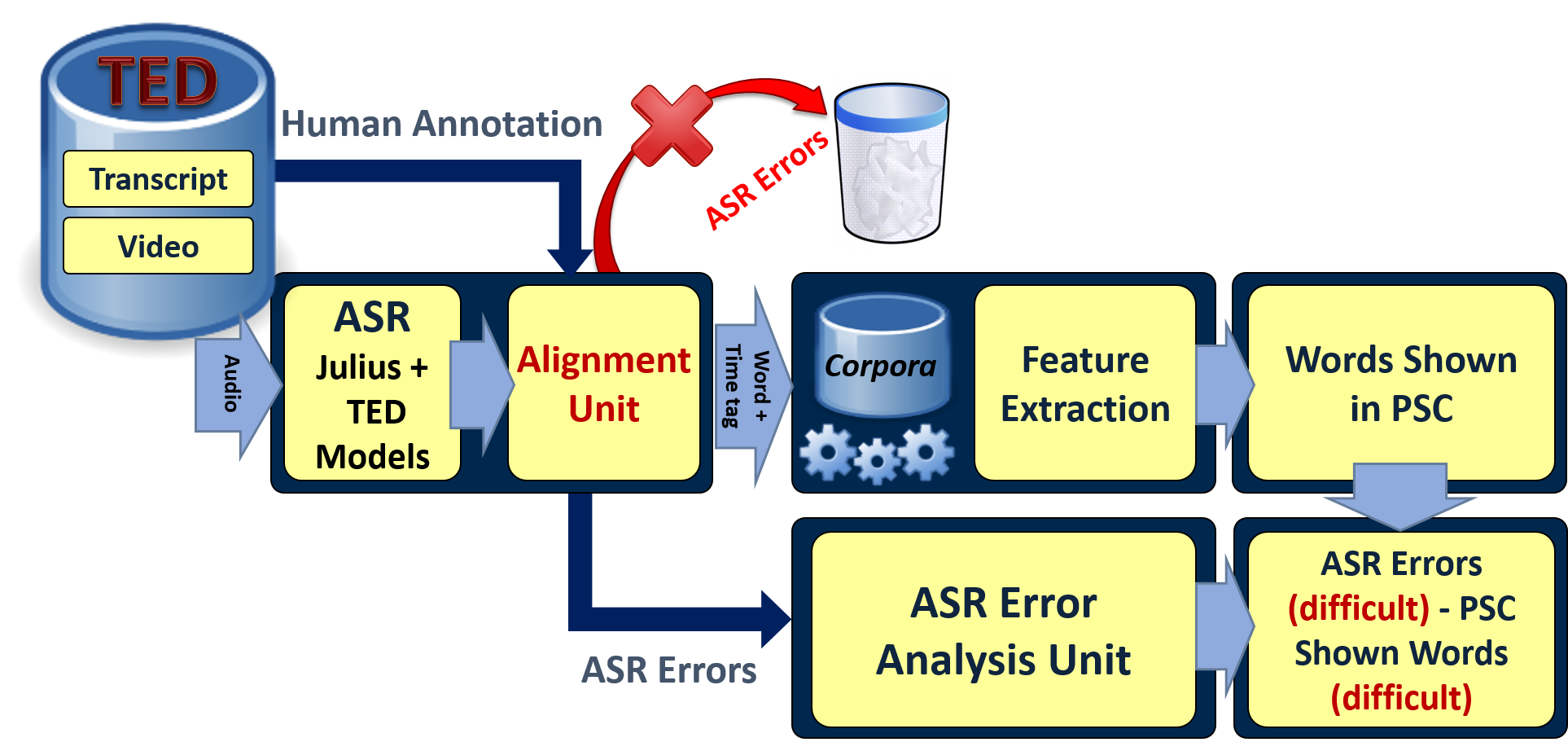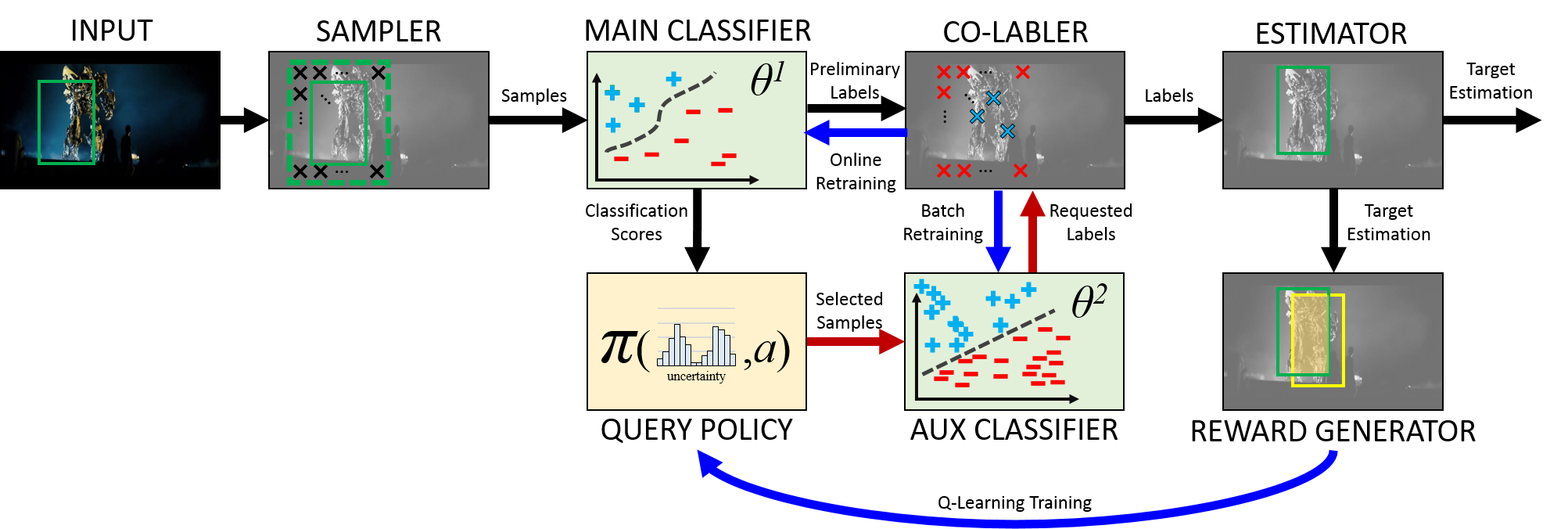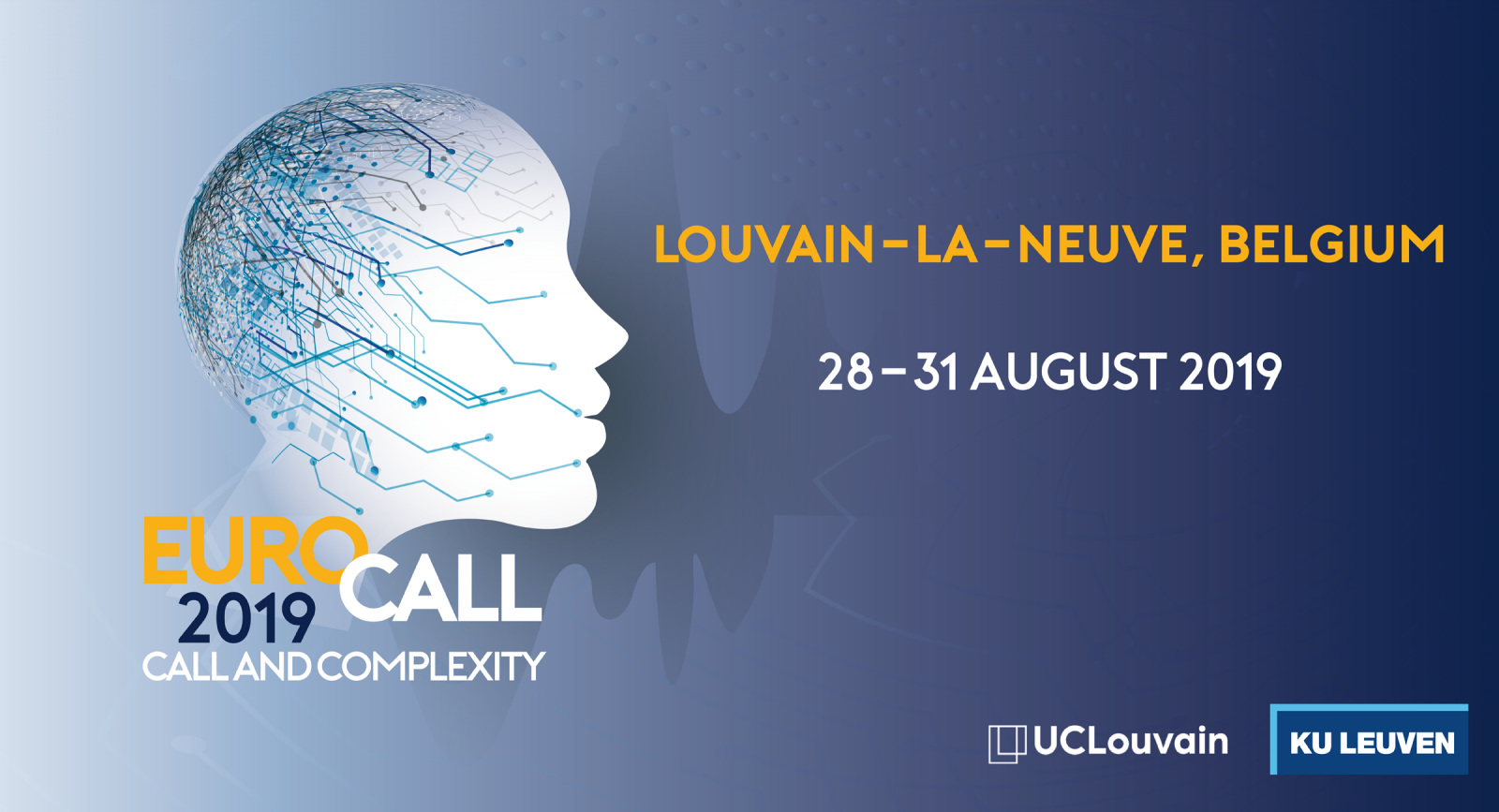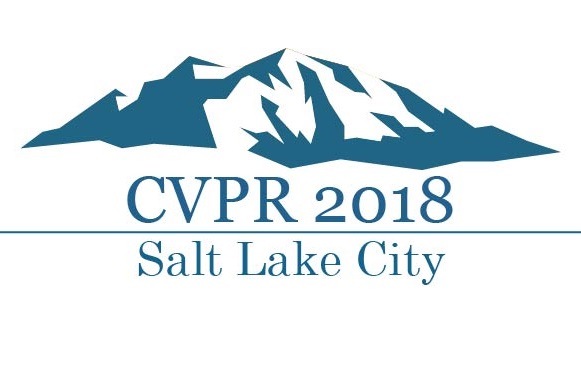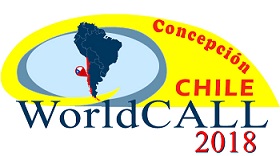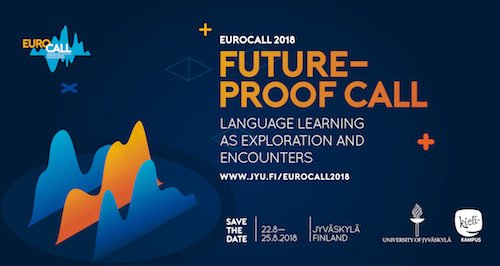Kourosh Meshgi
RESEARCH SCIENTIST @ RIKEN CENTER OF ADVANCED INTELLIGENCE PROJECT (AIP), JAPAN
I am currently a research scientist at Language Information Access Technology(LIAT) team , RIKEN AIP under supervision of Prof. Satoshi Sekine. Before that, I was a postdoctoral fellow at the Graduate School of Informatics at Kyoto University, where as a member of the Ishii lab, I work with Prof. Shin Ishii and Dr. Shigeyuki Oba on the use of active learning in visual tracking and scene understanding, funded by the project of strategic advancement of multi-purpose ultra-human robot and artificial intelligence technologies (SAMURAI) from the New Energy and Industrial Technology Development Organization (NEDO) and Post-Kei project. I am also collaborating with Prof. Takahashi Lab in RIKEN QBiC on Exploratory Challenges of Post-K project. I also collaborate with Human-AI Communication team of RIKEN AIP under the supervision of Prof. Toyoaki Nishida.
I finished my Ph.D. under supervision of Prof. Shin Ishii in the same lab, where I worked on occlusion-aware visual tracking, 3D object reconstructionm, and imitation learning. In particular, my Ph.D. dissertation was about particle filter-based tracking to handle persistent and complex occlusions by proposing novel occlusion-aware appearance model and context-aware motion model in this framework.
Bio: Kourosh Meshgi received his B.Sc. and M.Sc. in Hardware Engineering (2008) and Artificial Intelligence (2010) respectively, from Tehran Polytechnic and his Ph.D. in Informatics in 2015 from Kyoto University. He is currently a research scientist at RIKEN AIP and a guest researcher at Kyoto University. His research interests include machine learning, natural language processing, computer vision, robotics, and computational linguistics. Dr. Meshgi's current research focuses on interpreting/explaining deep learning models on NLP tasks.
Goal: Bringing my understanding of Human Brain Perception, Machine Perception, Human-AI Communication and Computer-Brain Interfaces to the edge-of-knowledge so I can bring this edge further, invent new devices to help humanity and make automated systems and robots “smarter”.
